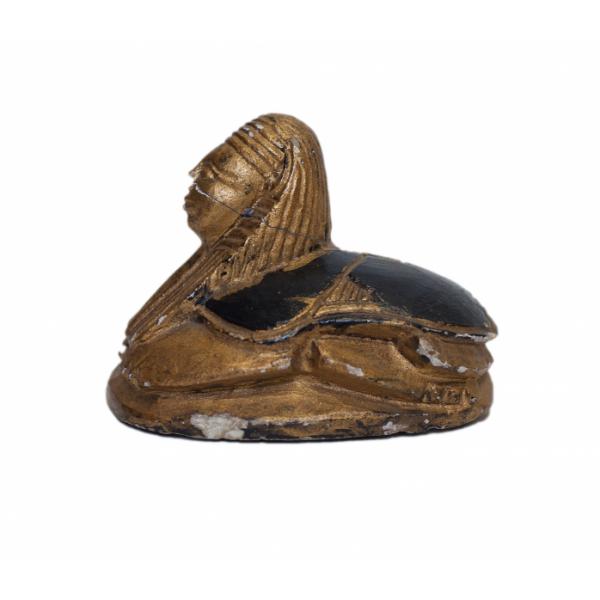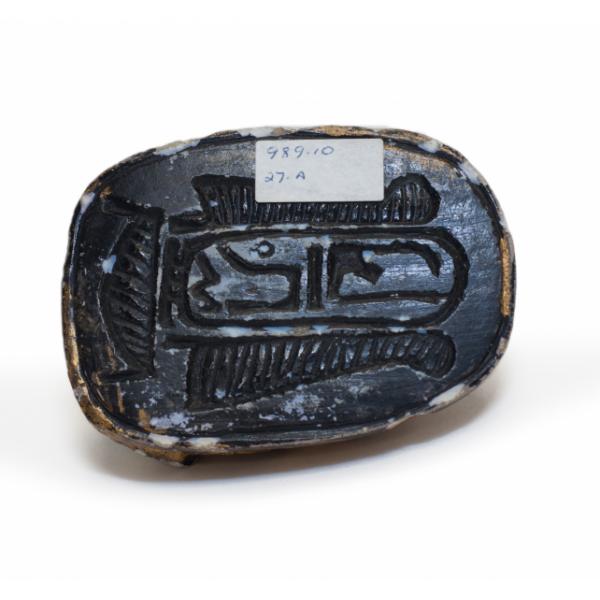Ajouter un Nouveau Commentaire
Error message
- Deprecated function: Array and string offset access syntax with curly braces is deprecated in require_once() (line 341 of /home/dylanc/public_html/internationaloildrillers.ca/includes/module.inc).
- Deprecated function: Array and string offset access syntax with curly braces is deprecated in require_once() (line 341 of /home/dylanc/public_html/internationaloildrillers.ca/includes/module.inc).
- Deprecated function: Array and string offset access syntax with curly braces is deprecated in require_once() (line 341 of /home/dylanc/public_html/internationaloildrillers.ca/includes/module.inc).
- Deprecated function: Array and string offset access syntax with curly braces is deprecated in require_once() (line 341 of /home/dylanc/public_html/internationaloildrillers.ca/includes/module.inc).
- Deprecated function: Array and string offset access syntax with curly braces is deprecated in require_once() (line 341 of /home/dylanc/public_html/internationaloildrillers.ca/includes/module.inc).
- Deprecated function: Array and string offset access syntax with curly braces is deprecated in require_once() (line 341 of /home/dylanc/public_html/internationaloildrillers.ca/includes/module.inc).
- Deprecated function: Array and string offset access syntax with curly braces is deprecated in require_once() (line 341 of /home/dylanc/public_html/internationaloildrillers.ca/includes/module.inc).
- Deprecated function: Array and string offset access syntax with curly braces is deprecated in require_once() (line 341 of /home/dylanc/public_html/internationaloildrillers.ca/includes/module.inc).
- Deprecated function: Array and string offset access syntax with curly braces is deprecated in require_once() (line 341 of /home/dylanc/public_html/internationaloildrillers.ca/includes/module.inc).
- Deprecated function: The each() function is deprecated. This message will be suppressed on further calls in menu_set_active_trail() (line 2405 of /home/dylanc/public_html/internationaloildrillers.ca/includes/menu.inc).
- Deprecated function: implode(): Passing glue string after array is deprecated. Swap the parameters in drupal_get_feeds() (line 394 of /home/dylanc/public_html/internationaloildrillers.ca/includes/common.inc).
L'artefact
Human-Headed Scarab
Description
- Possibly made of plaster, or other very white material
- Scarab has been painted gold and black, clearly for the tourist trade.
- Head appears to have settled back towards the body in the moulding process, resting at an odd angle.
- Some breaks, which have been repaired
- On underside, two ostrich feathers are impressed in the material, with a cartouche between them, resting on the hieroglyph for "gold", nub.
Informations d'arrière-plan
- Purchased as a memento by John Growder who drilled for oil in Egypt for eight years, from around 1923.
- The scarab, or dung beetle, is an insect indigenous to Egypt and has many religious connotations. Scarabs were commonly used as amulets in Ancient Egypt, and were inscribed on the bottom with names or words.
Localisation de la carte
Latitude: 27° 15' 29.736" N
Longitude: 33° 48' 14.861" E
Longitude: 33° 48' 14.861" E
la date
Prior to 1931Dimensions
pouces
Longueur:
3.5
Largeur:
1.0
Hauteur:
1.0
Événements, lieux, personnes
- John Growder
- Egypt






